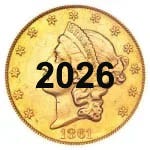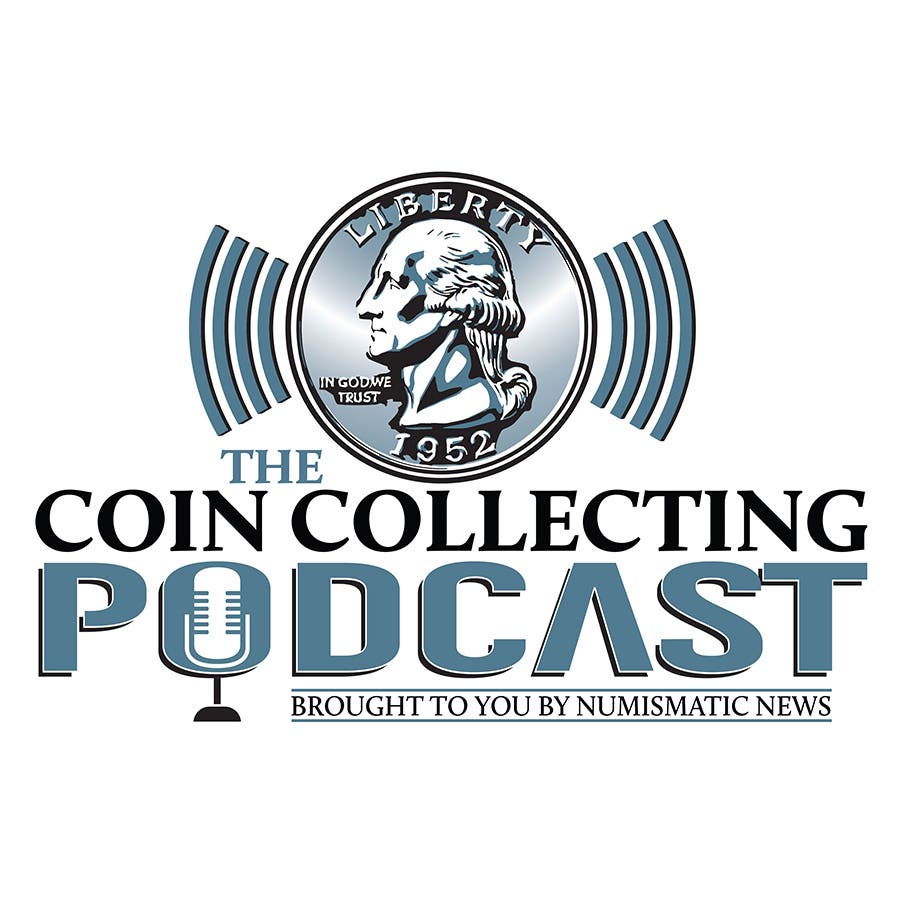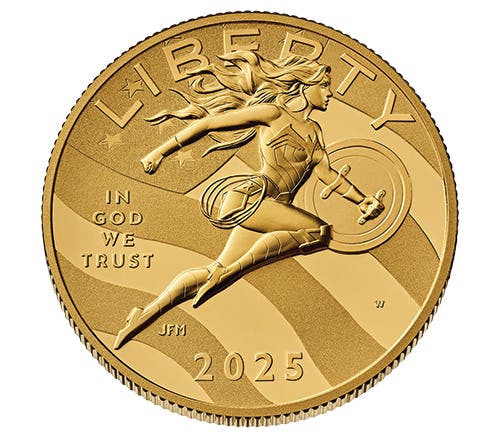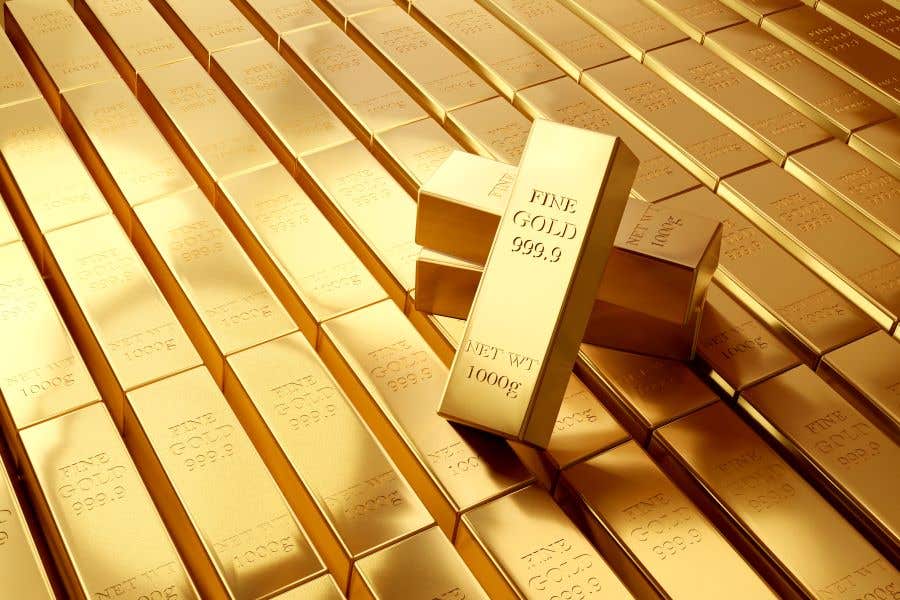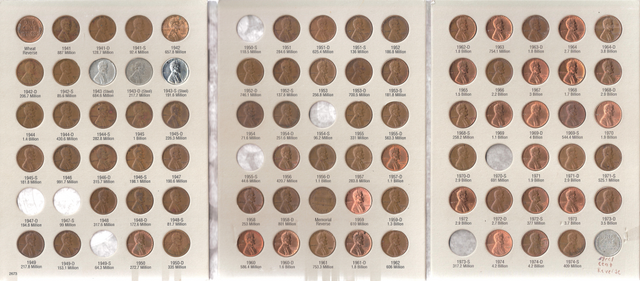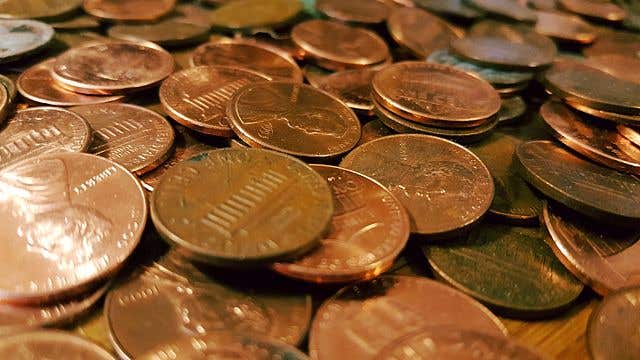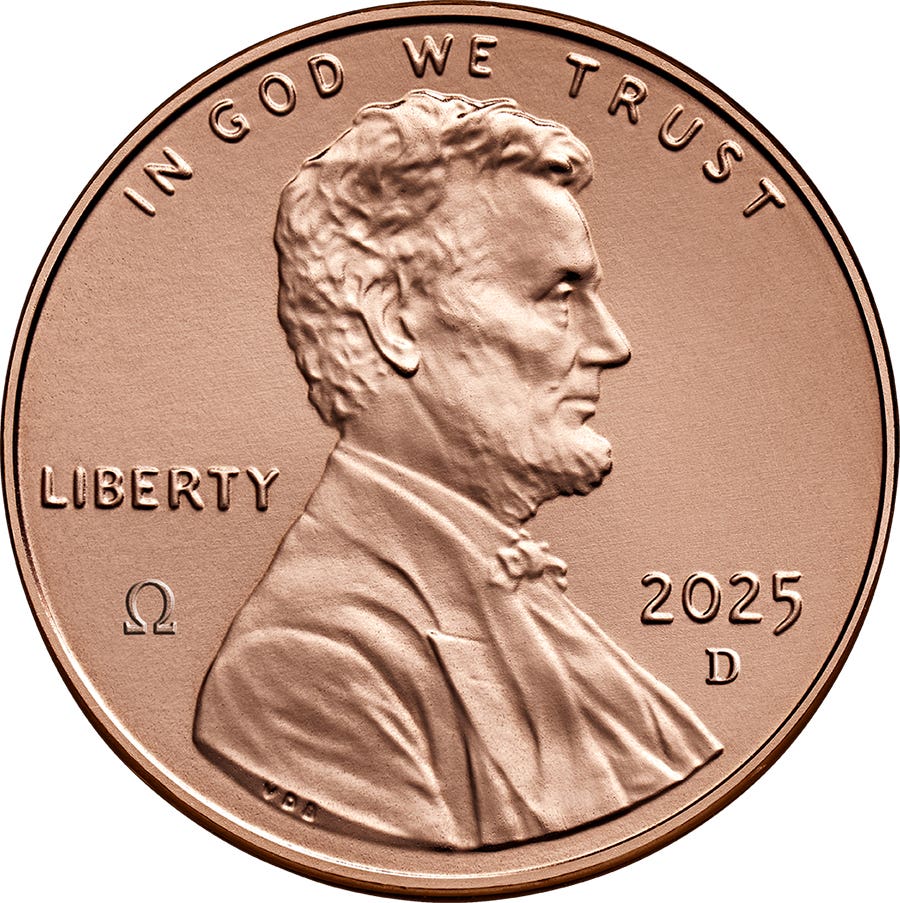Precious Metals Prices Down in 2021
Precious metals prices were strong in 2020. Gold was up 24.7 percent, silver jumped 48.1 percent, platinum rose 8.6 percent and palladium climbed 28.7 percent. Last year, gold and silver…
Precious metals prices were strong in 2020. Gold was up 24.7 percent, silver jumped 48.1 percent, platinum rose 8.6 percent and palladium climbed 28.7 percent. Last year, gold and silver experienced their highest annual percentage price increases since 2010.
A year ago, I expected that the prices of gold, silver and platinum would be higher at the end of 2021 than they were a year earlier, while I projected palladium’s price would drop. For gold and silver in particular, I forecasted that the percentage price increases in 2021 would be greater than they were in 2020.
Ouch! As we come to the close of 2021, the prices of all four metals are down for the year!
What happened?
The answers are a bit complicated.
Much of what transpired in financial and political circles in 2021 were as I projected when making my precious metals price forecasts for the end of this year. The U.S. government continued to sharply increase spending and budget deficits. It continued inflation of the money supply at a higher rate than in recent history, though not as dramatic as it did in 2020. These factors would normally signal a lower value for the U.S. dollar.
A falling dollar usually would indicate that gold and silver prices would increase. In fact, a major reason for owning the two metals is for protection against the risk of a drop in the purchasing power of the U.S. dollar.
The dollar certainly did fall in value against almost all metal and energy commodities in 2021, which sparked the highest annual increase in consumer prices in multiple decades. However, as poorly as the U.S. currency performed against many commodities, other world currencies (as a whole) performed even worse.
Over the course of 2021, the U.S. Dollar Index is up almost 7 percent from the end of 2020. This index only compares the dollar against six other currencies (euro 57.6 percent weight in the Index, Japanese yen 13.6 percent, British pound 11.9 percent, Canadian dollar 9.1 percent, Swedish krona 4.2 percent and Swiss franc 3.6 percent). The price of gold, but not silver, is actually up this year as measured in the euro, yen, krona and several other currencies.
So, one part of the explanation of why precious metals prices fell against the U.S. dollar in 2021 is that other currencies dropped in value to an even greater degree.
In my judgment, another major reason for the decline in gold and silver prices was that U.S. government pulled out almost every strategy it could to ensure this result. The Treasury Department’s Exchange Stabilization Fund is specifically authorized to engage in actions that manipulate the price of gold. But, price suppression tactics could also be conducted by the 24 primary trading partners of the Federal Reserve Bank of New York, several of which have been convicted of felonies or signed consent agreements to avoids trial on charges of manipulating precious metals prices. Other actors that could help hold down gold and silver prices are the Bank for International Settlements, the International Monetary Fund and allied central banks.
Why would the U.S. government have an interest in holding down the prices of gold and silver? It is because it is the greatest financial beneficiary in doing so. The prices of gold and silver are effectively report cards on the U.S. dollar, U.S. economy and U.S. government. If the prices of these metals are rising, that sends negative signals to the financial markets, which would have huge negative consequences for the U.S. government.
For instance, investors would insist on being paid a higher interest rate to hold U.S. Treasury debt. An increase of 1 percent in the interest rate paid by the federal government would add another $300 billion to the annual budget deficit. The U.S. government also pays out trillions of dollars every year in Social Security and other programs where the payments are adjusted for an “inflation factor” that is heavily influenced by the relative strength or weakness of the dollar. A weak dollar would lead to larger increases in such payments than would occur if the currency held its value.
Gold and silver prices tend to go up or down in tandem on a daily basis, at least 70 percent of the time. Therefore, if the price of silver (a much smaller financial market than gold) can be held down, that signals that gold should not rise.
Another reason why I think the U.S. government has been manipulating gold and silver prices in recent years and probably in 2021 is that all of the declassified documents released thus far confirm that the government has constantly rigged the price ever since the Exchange Stabilization Fund was created in 1934. Since the government had done it continuously for 70 years, why would it suddenly stop?
This is a quick explanation of why precious metals prices performed poorly in 2021. For a discussion of the prospects for prices in 2022, be sure to read next week’s column.
Patrick A. Heller was honored as a 2019 FUN Numismatic Ambassador. He is also the recipient of the American Numismatic Association 2018 Glenn Smedley Memorial Service Award, 2017 Exemplary Service Award, 2012 Harry Forman National Dealer of the Year Award and 2008 Presidential Award. Over the years, he has also been honored by the Numismatic Literary Guild (including in 2021 for Best Investment Newsletter), Professional Numismatists Guild, Industry Council for Tangible Assets and the Michigan State Numismatic Society. He is the communications officer of Liberty Coin Service in Lansing, Mich., and writes Liberty’s Outlook, a monthly newsletter on rare coins and precious metals subjects. Past newsletter issues can be viewed at www.libertycoinservice.com. Some of his radio commentaries titled “Things You ‘Know’ That Just Aren’t So, And Important News You Need To Know” can be heard at 8:45 a.m. Wednesday and Friday mornings on 1320-AM WILS in Lansing (which streams live and becomes part of the audio archives posted at www.1320wils.com).


